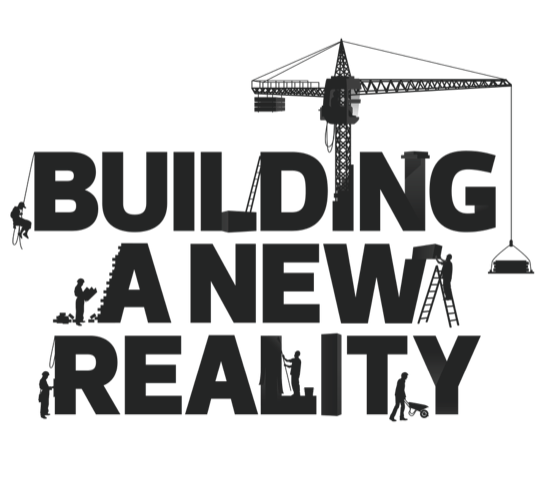We confuse learning with schooling.
Learning is too often measured by the number of years spent in school and the number of diplomas collected. Informal learning, acquired through direct experience, and self-directed learning, driven by personal interest, are usually regarded as less worthy than school learning.
We salute those who enjoy school learning and thrive in schools, but many do not thrive. We must challenge the status quo and rethink what’s best for all of our children.
Challenge
There is a growing challenge to school and the hallmark measure of school progress: standardized testing. In recent years, for example, more than 50 percent of eligible New York public school students refused to take standardized tests.
The parents of more than two million American children of school age refuse to send their children to school at all and “home-school” them instead. Ironically, home-educated learners reportedly score 15 to 30 percentile points above public school students on standardized academic achievement tests. Should schools continue to be compulsory for all young people and retain a monopoly on all funding for education, or should we diversify our support to include other ways of learning?
North Star
Some parents send their kids to learning programs such as North Star Self Directed Learning for Teens — as an alternative to school.
North Star, founded 25 years ago in Massachusetts, is the model for a blossoming movement called “Liberated Learners” that fosters the development of programs which allow learners to do what they want. No tests, no grades, no attendance requirements. Just opportunities to learn.
Follow-up research with North Star participants has found that they thrive in life—and they include many who refused to go to high school but have since gone on to colleges, universities or technical schools. Trusting young people to make their own learning decisions encourages them to take responsibility in a way that compulsory schooling does not.
Safer Saner Schools
The Safer Saner Schools program also encourages students to take more responsibility, especially in schools that are struggling with lots of students who don’t want to be there. Safer Saner Schools teaches “restorative practices” to teachers and administrators to help them restore a feeling of community, engage students, resolve conflict and make their schools friendlier and more cooperative places.
Restorative practices give students more voice and more choice, but also more shared responsibility for the well-being of their fellow students and their school. Used in some of the toughest schools in America, restorative practices have demonstrated their potential to dramatically reduce violence and outrageous behavior.
IIRP Graduate School
IIRP (International Institute for Restorative Practices) is a master’s degree-granting institution, founded in 2000 in Bethlehem, Pennsylvania by Ted Wachtel (founder of Buildinganewreality.com), that achieves a remarkably high level of student engagement in learning, even though most classes are held online. The IIRP tries to model restorative practices in learning—with an emphasis on student voice and choice throughout its educational programs. It achieves an engaging learning environment by using a combination of interactive online classes and in-person professional development events.
2,800 miles away from the IIRP campus, California resident Shari Garn attended classes online and reported that “I was amazed at how well these courses succeed in creating a sense of community.” Even when the IIRP’s online experience is compared to classes where students physically sit together in the same room, the IIRP’s emphasis on conversation builds relationships and a strong sense of belonging.
The Learning System
The learning system was proposed by Kenneth Silber in 1972, as an alternative to our contemporary “educational system.” The learning system would provide more options than “which school will you attend?”—including opportunities for “learning by doing.”
The learning system envisioned by Silber would serve people with learning opportunities throughout their lifetimes, unlike our current, front-end-loaded system of a dozen non-stop years of compulsory schooling. Silber envisaged people leaving and re-entering the learning system at any age, as their maturity and needs dictated.
The learning system also can serve as a vehicle to monitor and address inequities in learning—to ensure that resources are widely available, so that everyone gets equivalent access to learning opportunities. The learning system would provide evaluative and advisory services to help families guide their child’s growth and development—but decisions are made by the family and the child, not for them or done to them.
Our overarching hope for learning in a new reality is that freedom of learning will soon stand alongside freedom of religion—fully recognized as a basic human right.


